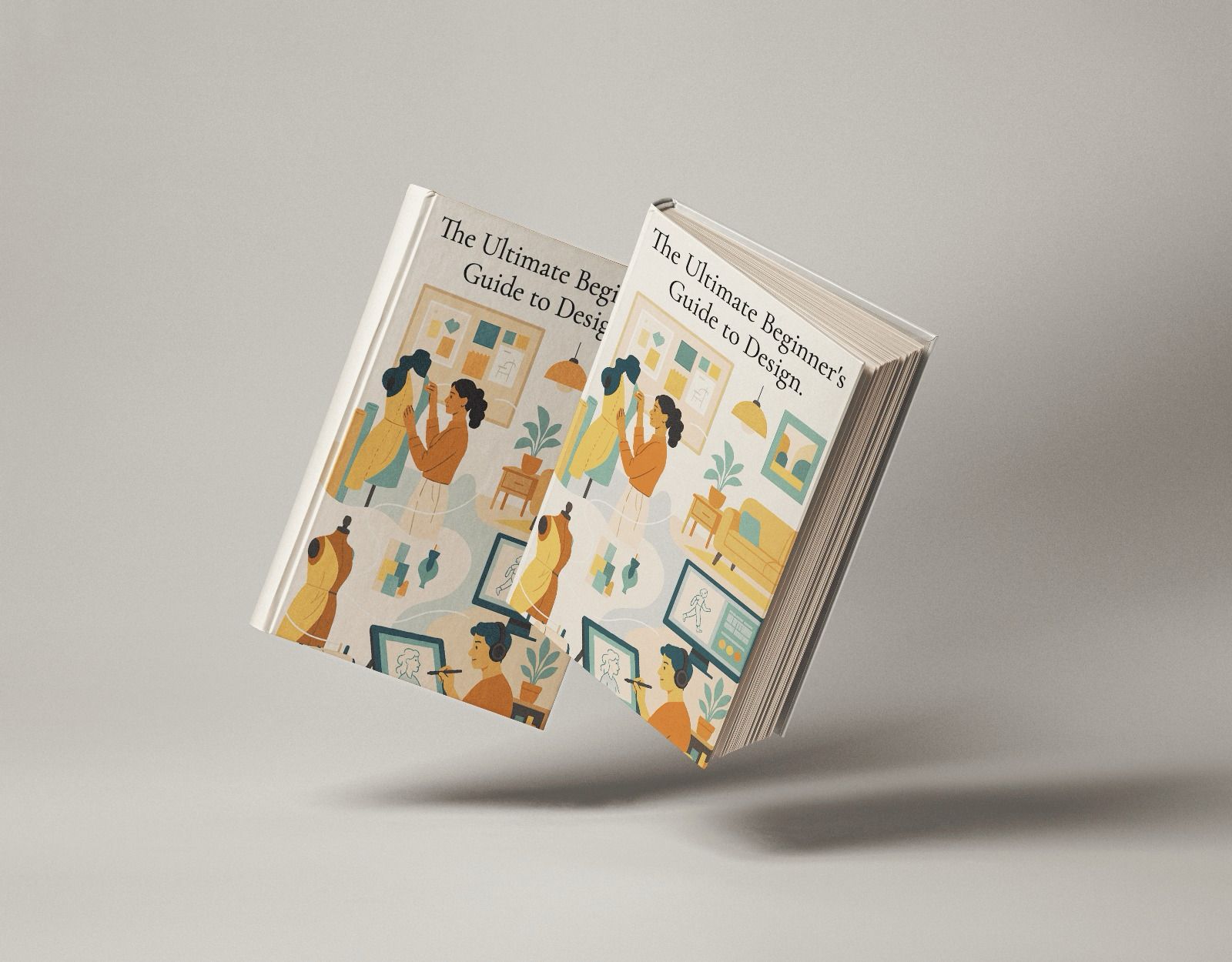AR in Multimedia Projects
Augmented reality (AR) and virtual reality (VR) has completely changed the way objects come to life. The technology enables layering of virtual objects which comes alive through the screen of a mobile phone or tablet. Owing to the myriad benefits of AR, marketers have found a new way to attract and engage audiences across a variety of media and multimedia projects. It has also made professional animation and multimedia courses popular with the new generation. The applications of augmented reality are diverse and are widespread across a large number of industries.
Augmented reality has completely transformed the entertainment sector. From theatre to music, cinema and television, and events, the adoption of AR has completely changed the marketing and advertising space.
In this blog, we aim at discussing the creative use of AR in entertainment and media.
What Industries Use Augmented Reality?
- Fashion
- Education
- Retail
- Healthcare
- Entertainment
- Military training
- Real estate
- Automotive
- Tourism
- Architecture & interiors
6 Best Augmented Reality Use Cases
Immersive Theatre
When theatre and cinema become immersive, the traditional barrier between the audience and the performer is removed. The audience are no longer only passive spectators. Instead, they become contributors to the narrative. They too contribute to the art and story. Different environments are created with non-linear narrative structures. This allows this audience to sew the narrative together from their own experiences. The best part of immersive theatre is that the reins lie in the hands of the audience. They can influence the outcome of the performance and decide a suitable ending. This way, every user’s experience is unique and they can decide what they want to engage with and what they don’t.
Augmented Art Exhibits
If you’ve been to an art exhibition or art gallery, you’ve probably seen paintings and exhibits all around. However, whatever you see is static visual art. When you view the same painting through an AR app, it transforms into an animation. To a layman, the painting would simply look like a static piece of art. Only the artist will know the different AR layers they’ve added in the painting which gives it alternate meanings and historical context. With the adoption of AR, artists get to explore entirely new forms of art. This leaves a very thin line between the digital and physical world.
Interactive Storytelling for Kids
What if we told you that AR can create immersive and interactive experiences for kids. AR allows kids to engage with narratives in an engaging and personalised way. It successfully blends virtual and physical environments. If you’re wondering how, we’ll tell you. When a children’s storybook is scanned with a phone or tablet, every character is animated and the environment too appears in 3D. It also allows users to interact with the characters. This further impacts the story.
AR in Concerts
Over the years, AR has been instrumental in promoting an array of performances and festivals. During the COVID-19 pandemic, virtual concerts became super popular. This gave producers and artists a chance to reach global audiences unlike earlier. AR apps can considerably enhance live performances. People not just get to view the performances but also the stories behind the music. A few effects that can be achieved with the help of AR are virtual fireworks, animated graphics, and interactive lightshows. All this when synchronised with the artist’s performance creates an immersive viewing experience for the viewer. It also creates a sight and sound experience like none other.
Location-based AR
Did you know? AR is also associated with multimedia stories in real-world locations. Pokémon Go is one such game that was released years ago that popularised location-based games using AR technology. The game not just promoted physical activity but also gave users a chance to explore different parts of the story by solving clues at every location. Location-based AR narratives are not just used for games but even during tours. Tourists can use a walking AR app to scan buildings and reveal stories from the past.
AR for Educational Documentaries
In our previous blog, we’ve already spoken about the use of animation in e-learning. However, AR also has the ability to turn educational videos into interactive experiences. For example, students can scan a documentary to view 3D models or simulations. This can be related to anatomy or space. Learning can be made fun by including puzzles or games. This reinforces learning and enhances the retention power.
Conclusion
The possibilities of AR in multimedia are more than what we can think of. It has completely transformed interactive marketing and allows tailored content to reach a broader audience. Even those with disabilities can access content using AR. To learn more about AR, VR and other new technology, consider pursuing our graduate diploma in visual effects. Once you know the basics, you can personalise viewing experiences for different audiences.





